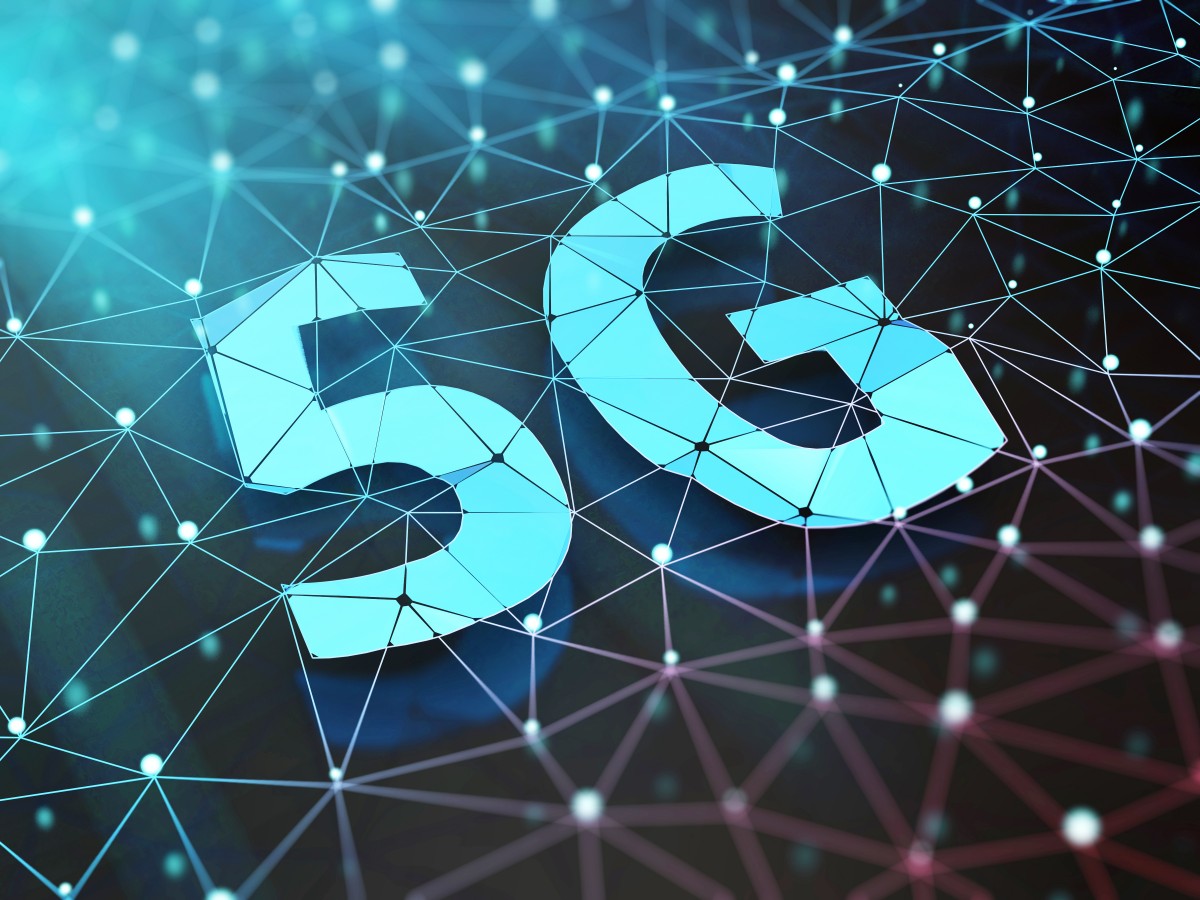Omdia has released a new research paper connecting the dots between the strategies, technologies, companies and market trends impacting industries as they transition to 5G. Covering areas as diverse as sports, autonomous vehicles, gaming, wireless components, IoT, cybersecurity and AI – this indispensable preview of the 5G developments at Mobile World Congress 2020 (MWC20) provides a holistic overview of the interrelated opportunities and challenges.
5G and beyond: Connecting the dots at MWC20 is the first research paper published by Omdia. Omdia unifies the existing Informa Tech research offerings (Ovum, Heavy Reading and Tractica) with the recently acquired IHS Markit technology research portfolio.
“The paper demonstrates our commitment to delivering truly integrated thinking and a new interdisciplinary approach to market intelligence, which allows our customers to uncover fresh perspectives and gain competitive advantage,” said Mike Phillips, President and Managing Director at Omdia.
The paper highlights a major strategic shift for communications service providers (CSPs) and all those involved in the technology, media, and telecommunications (TMT) ecosystem, resulting from the wider adoption of 5G. Key insights include:
5G will take the consumer market by storm, with 5G-enabled smartphone shipments expected to grow eight times by 2021.
The global 5G smartphone market is expected to surge to 231 million units shipped this year, up from 29 million in 2019, and will double again in 2021. This growth will be driven by declining device costs, which will reach the $700-$800 range in the next two years, making them more affordable.
The global 5G radio access market (RAN) is set to more than quintuple, rising to $21 billion in 2024, up from less than $4 billion in 2019.
The proliferation of 5G RANs is a critical element in the establishment of an end-to-end architecture for 5G that will enable the delivery of advanced services for diverse markets including factory automation and self-driving cars.
Brands will use 5G to alleviate privacy fears around AI, driving the revenue growth to $827 billion in 2025 for edge devices and networks deployed for AI.
By 2025, two of three smartphones will include built-in AI capabilities, and global revenue for AI smartphones will increase to $378 billion from $29 billion in 2017. To alleviate consumers’ privacy concerns, smartphone and smart speaker manufacturers will introduce 5G products which perform visual AI processing tasks on edge servers and appliances, bypassing the privacy risks involved in sending data to the cloud.
5G will drive the rapid growth of game streaming and esports, with the media bundled-service revenue market expected to grow to $2.6 billion by 2024.
Omdia believes CSPs and rights holders will be collaborating to offer bundled services combining 5G and live sports events, a market expected to grow to $2.6 billion in global revenue in 2024.
The growth prospects for 5G in enterprises are enormous, with global 5G enterprise mobile subscriptions set to rise to 175 million by 2024, up from 500,000 in 2019.
A wide range of industries are investing in private 5G networks. Approximately 40 percent of the announced deployments of enterprise 5G networks since 2016 are for manufacturing, followed by 18 percent of deployments in transportation and logistics.




